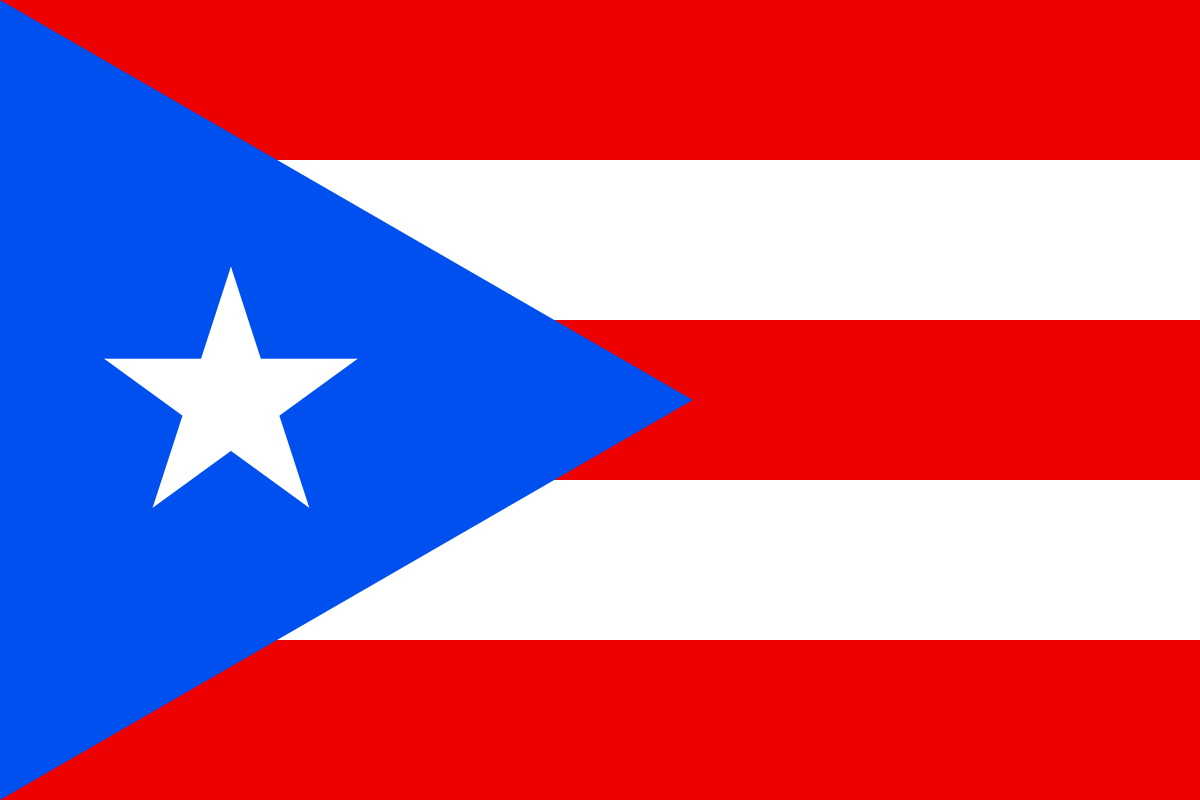23% of Puerto Ricans voted today for a statehood referendum, and 97% of them cast a vote in favor of it. 1.5% percent voted for independence from the United States, according to Decision Desk HQ, while 1.3% voted to keep the current status of a territory of the United States.
The catalyst for this vote for statehood — the first one since 2012 — was the declaration of a form of bankruptcy in early May. Many did not vote because the vote actually did nothing. Congress would still have to formally agree to statehood, which is highly unlikely due to its crippling debt.
Last month, Puerto Rico sought financial relief in federal court, “the first time in history that an American state or territory had taken the extraordinary measure. The action sent Puerto Rico, whose approximately $123 billion in debt and pension obligations far exceeds the $18 billion bankruptcy filed by Detroit in 2013, to uncharted ground.”
I have written numerous times on Puerto Rico in the past due to business there over the years. My take has always been about reduction; reducing the size and scope of government is a major key part of getting Puerto Rico back on track.
Puerto Rico’s debt crisis is the result of years of government mismanagement. Dozens of agencies and publicly owned corporations have run deficits year after year, making up the difference by borrowing from bond markets, though there was a brief respite during the year of Governor Fortuño. Puerto Ricans must have to first experience tough reforms and cutbacks help Puerto Rico thrive once again.
